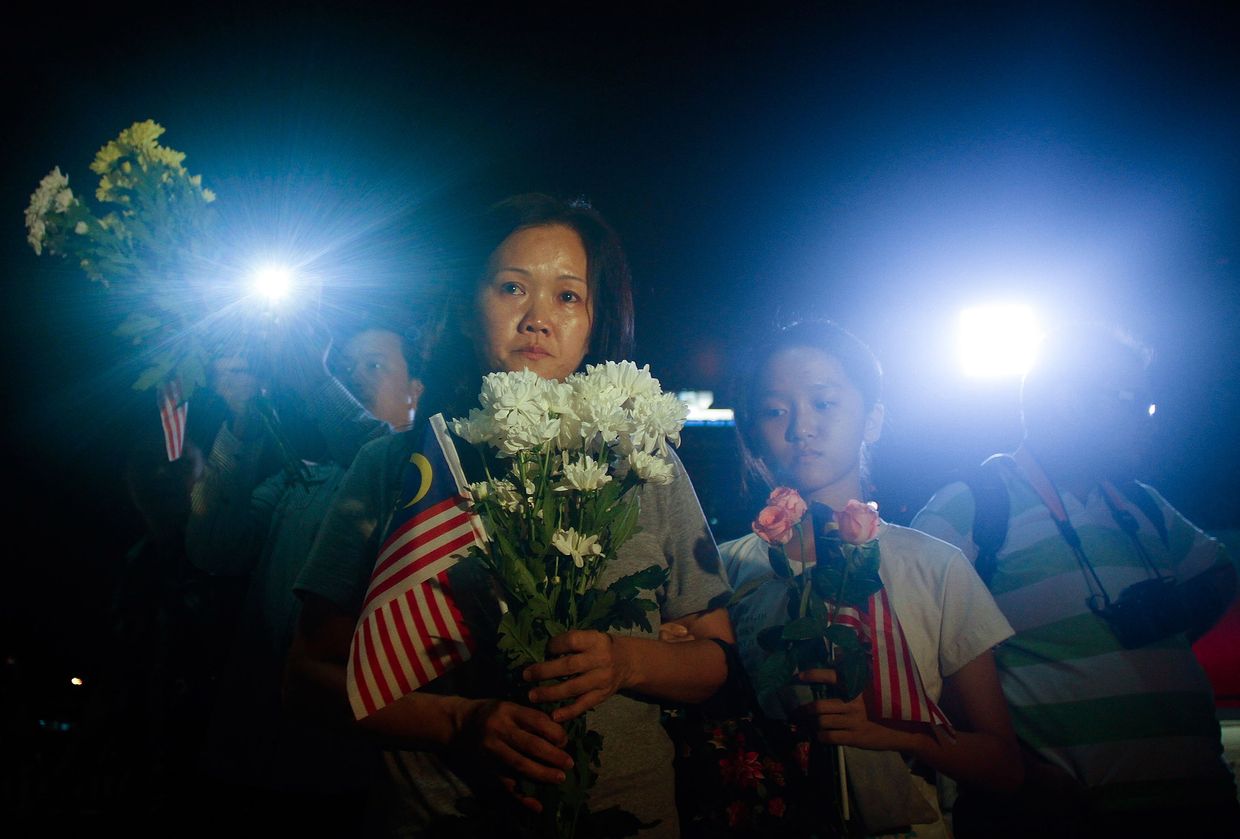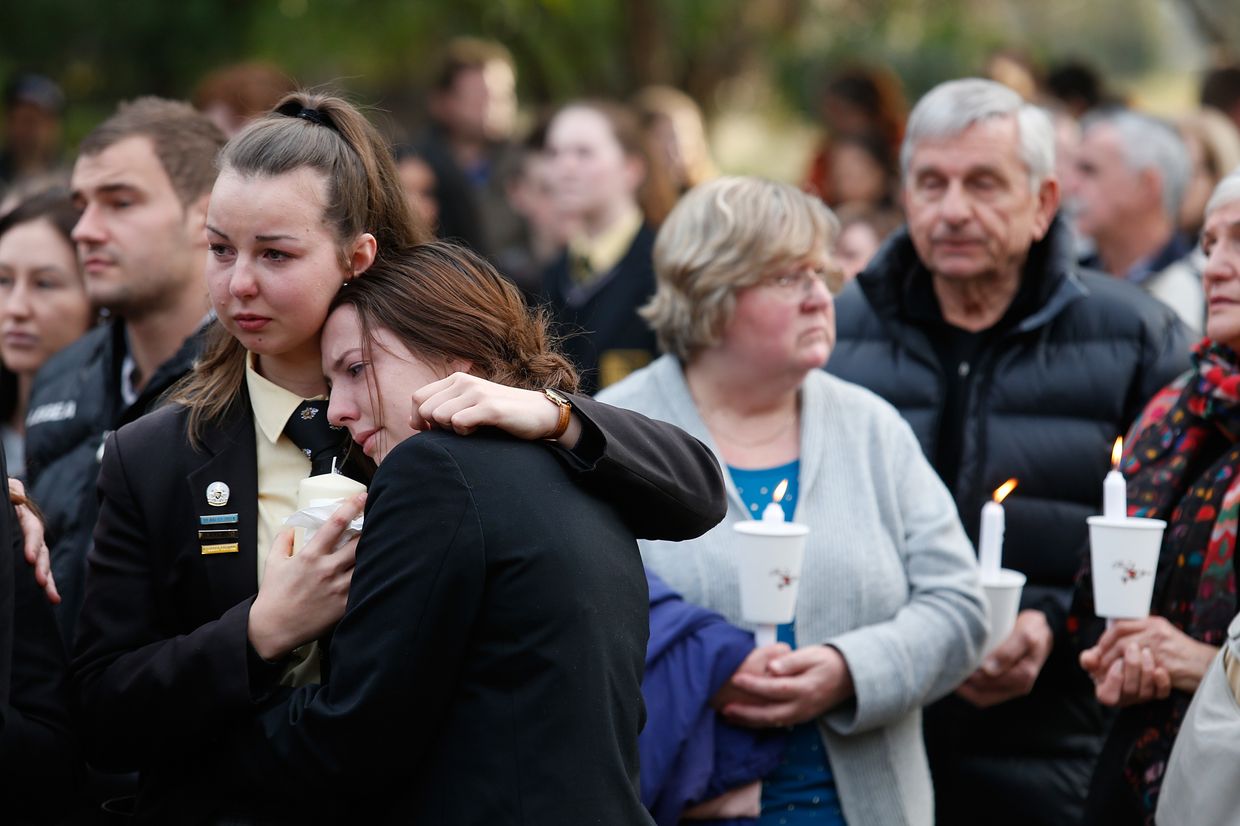Two plaques are displayed in the entrance hall of the Dutch Embassy in Kyiv. One commemorates the opening of the building, while the other is simply inscribed with the words “MH17 - July 17, 2014.”
At 12:31 on July 17, 2014, flight MH17 departed from Amsterdam Schiphol Airport, set to arrive at Kuala Lumpur International Airport around 12 hours later. Three hours into the flight, Russian proxy forces used a Buk surface-to-air missile to down the Boeing-777 above Ukraine’s Donetsk Oblast, killing all 283 passengers and 15 crew members on board, among them 196 Dutch citizens.
Relative to population, more Dutch were killed on that day than Americans were killed on 9/11. In a prosperous country that has remained largely unscathed by terrorism, war, or natural disasters for at least a few generations, the event prompted the country’s first day of national mourning since the 1960s. Memorial services are held every year on July 17.
At best, Russia never claimed responsibility for the crime, and at worst, spread vicious disinformation that blamed Ukraine for the downing. Ten years later, Russia’s refusal to cooperate with the international investigation means that none of those deemed responsible have ever been brought to justice.
How was the crash investigated?
Three weeks after the crash, a Joint Investigation Team (JIT) was established under the leadership of the Dutch Public Prosecution Service, together with investigators from the Netherlands, Malaysia, Australia, Belgium, and Ukraine.
The countries conducted a joint investigation to guarantee independence. Ukraine was represented in the JIT, while Russia was not as the crime was committed on Ukrainian territory.
Members of the team constantly validated the evidence and results “so that these cannot be questioned on an international level,” the JIT said. A team of Australian and Dutch investigators was also permanently stationed in a field office in Ukraine until the start of Russia’s full-scale invasion of Ukraine in February 2022.
Kees Klompenhouwer, the Dutch ambassador to Kyiv at the time, recently recollected that it was unclear in the immediate aftermath which country or agency should be in charge of the investigation.
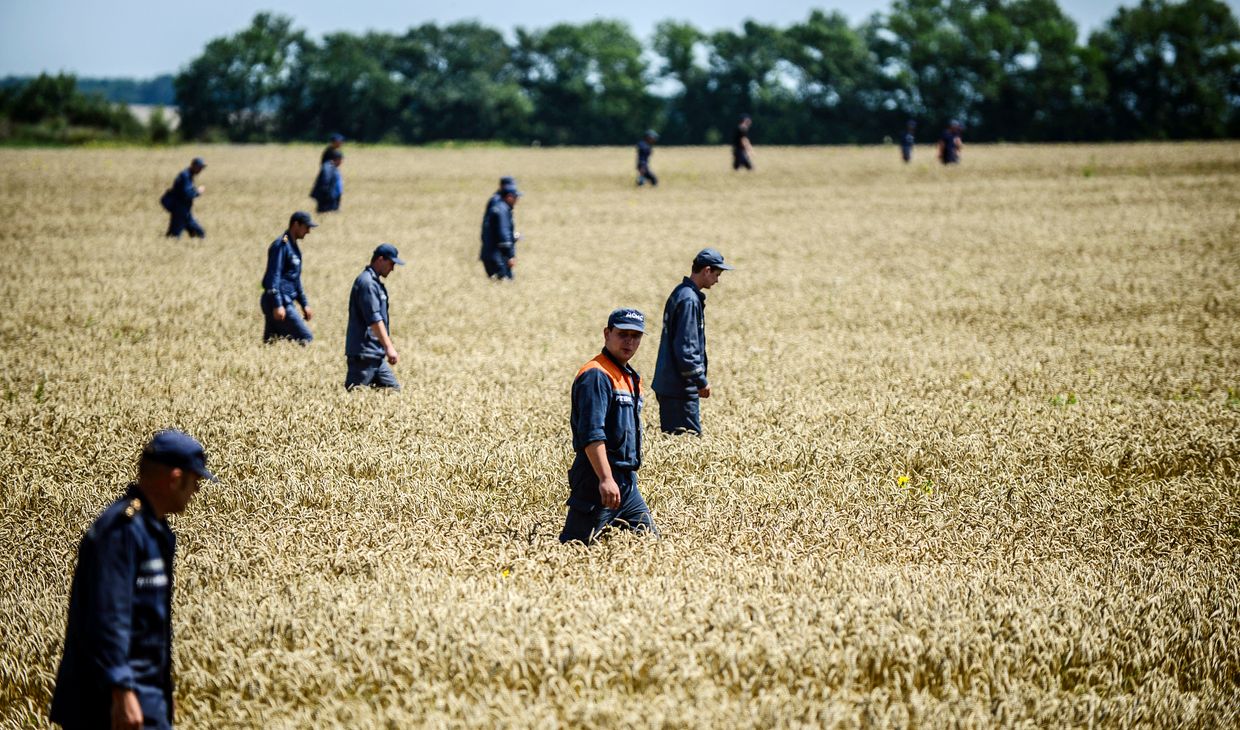
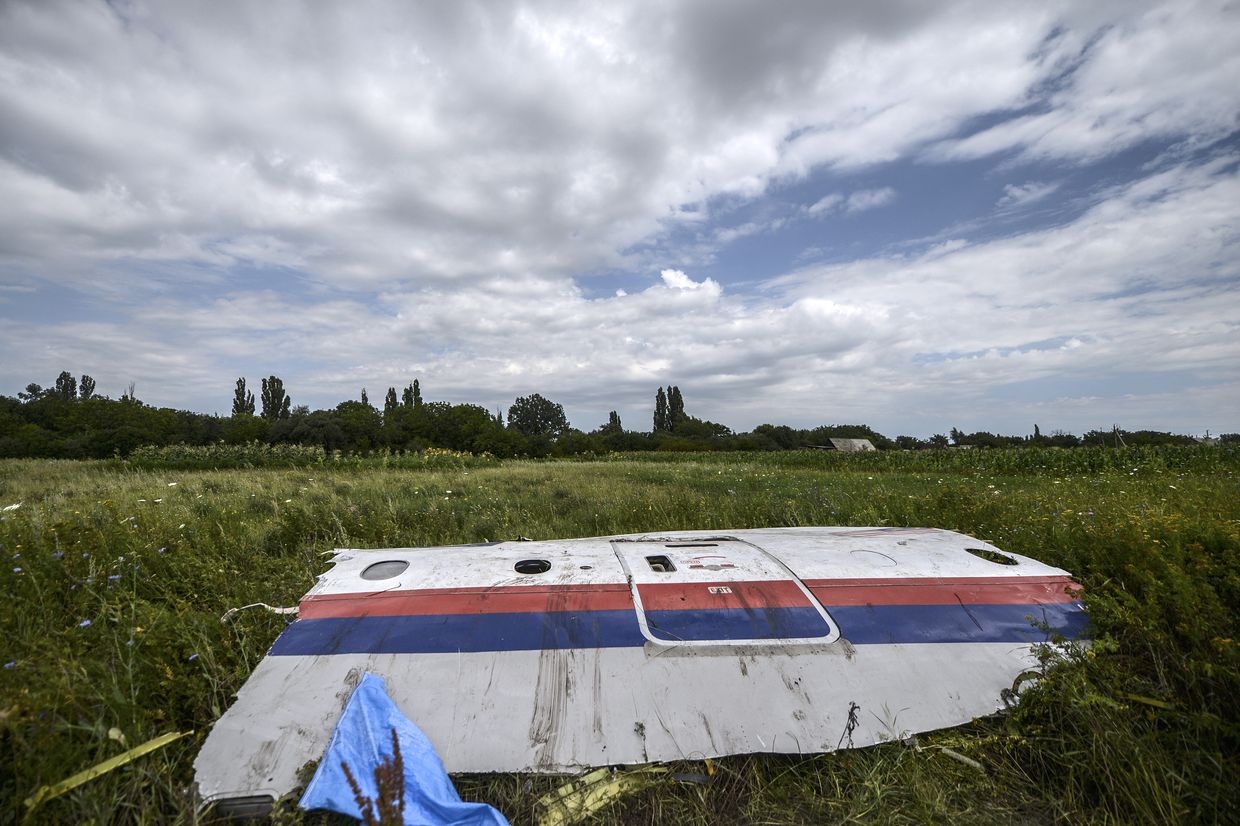
The Dutch embassy initially asked the OSCE’s monitoring mission in Ukraine to visit the scene of the crash. The OSCE’s deputy chief monitor arrived at the site, which was under the control of Russian proxy forces, the next day.
As the owner of Malaysian Airlines, the Malaysian government was the first party to be considered to lead the investigation due to civil aviation rules.
However, Klompenhouwer said he soon “learned from a reliable source that, with Moscow's approval, Malaysian special forces had collected the black boxes and vital wreckage that could have clarified the circumstances from the crash site.”
The fact that Malaysia had cooperated with Russian proxies “led to great anger in Kyiv,” Klompenhouwer said. Malaysia then offered the Netherlands to take the lead in the mission to recover the bodies and investigate the crash.
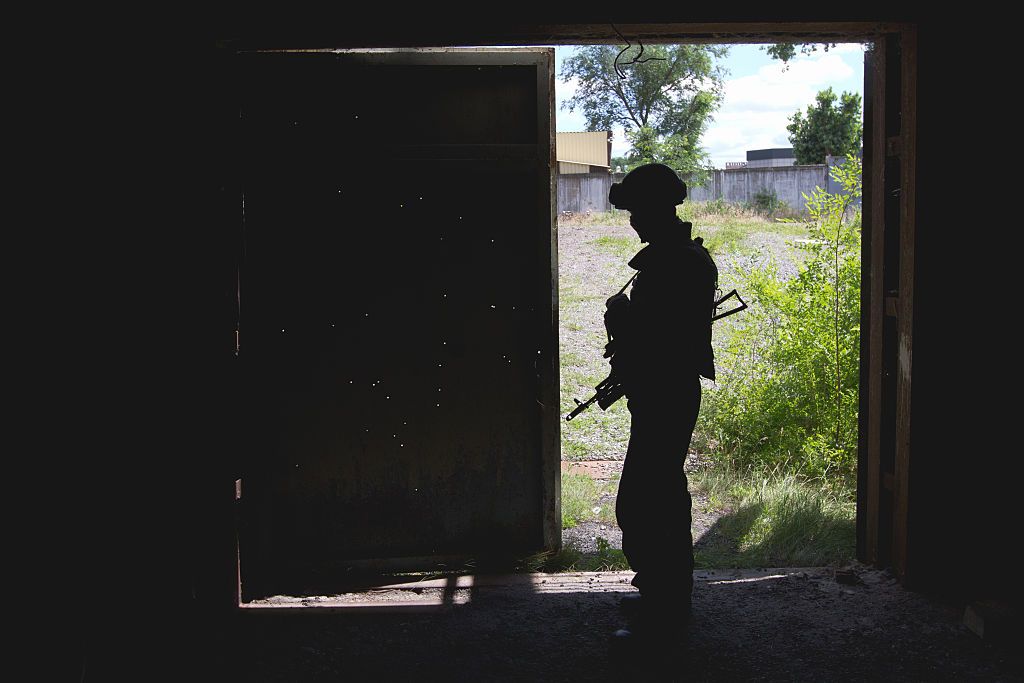
Klompenhower said he accepted the offer from Malaysian Foreign Minister Anifa Aman on July 21 and Malaysia handed MH17’s black boxes to the Netherlands the next day.
“From the outset, the Dutch government had intuitively made the only right choice, namely, to seek cooperation with the legitimate authority, Ukraine,” Klompenhower said, while the OSCE was able to negotiate with Russian proxy fighters on behalf of the Netherlands to gain access to the crash site.
Once the JIT was established, the painstaking work of piecing together the evidence began. The JIT assessed all human remains, passengers’ belongings, aircraft wreckage, radar and satellite images, and telecom data, including intercepted phone calls. The JIT also heard from witnesses and used expert testimonies.
In May 2018, the JIT announced that it had concluded the Buk missile that shot down MH17 came from Russia’s 53rd Anti-Aircraft Missile Brigade, based in Kursk Oblast. The Buk system had been transported to a field near Pervomaiske in Russian-occupied Donetsk Oblast. After the crash, the system was transported back to Russia days later with a missing missile.
Who shot down flight MH17?
The JIT has so far been unable to determine who exactly fired the missile that shot down MH17. However, three men have been held responsible for the decision to fire the system at the civilian aircraft.
On Nov. 17, 2022, The Hague District Court declared three people guilty in absentia of downing MH17 — Russian warlord Igor Girkin, his subordinate Sergey Dubinsky, and Leonid Kharchenko, a Ukrainian who joined Russian proxy forces. A fourth suspect, Russian citizen Oleg Puvlatov, was acquitted due to a lack of evidence about his role.
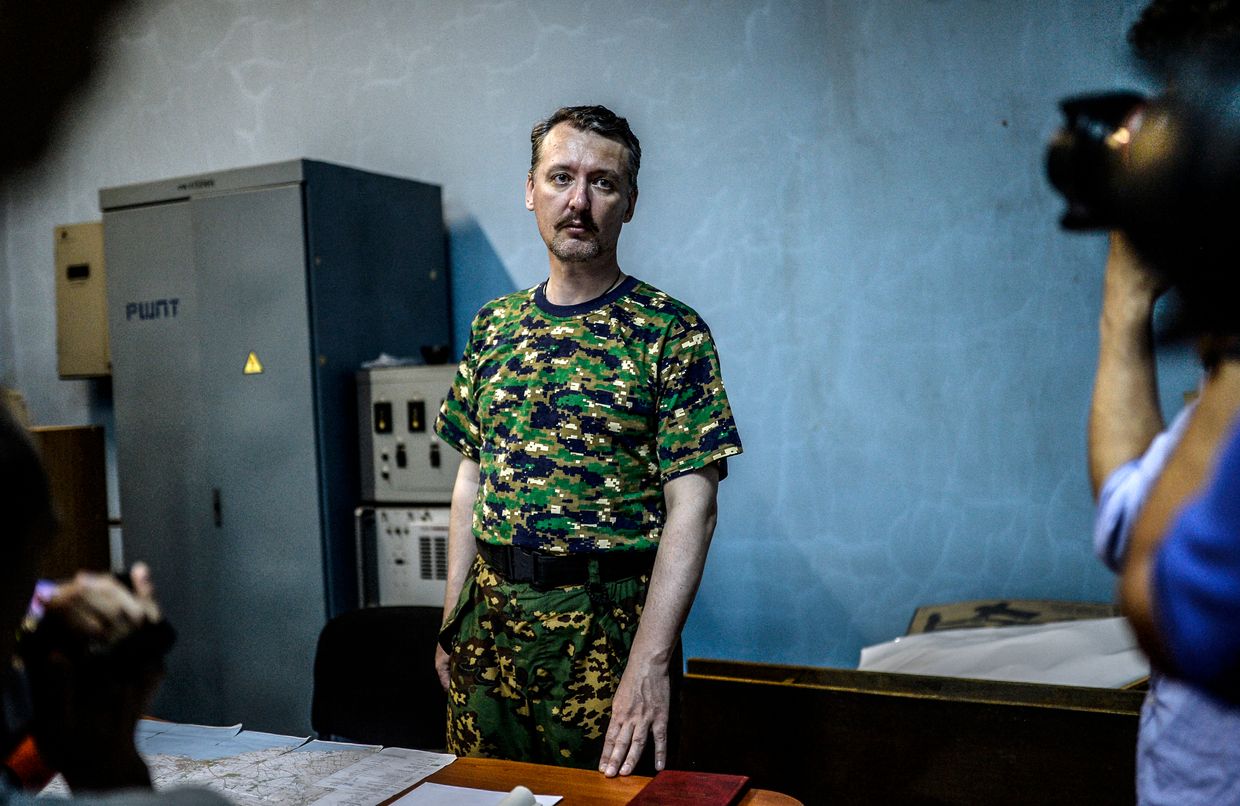
The judicial process took place in the Netherlands due to an earlier decision by the JIT to prosecute the suspects under Dutch law. The Netherlands and Ukraine concluded an agreement on international legal cooperation in July 2017, to enable this proceeding.
Girkin was the highest-ranking military commander of Russian proxy forces in Donbas, and “as such held final responsibility for the deployment of military equipment,” the court ruled. He had proclaimed himself the "defense minister" of Russia's proxy forces in Donetsk Oblast in May 2014.
“Intercepted conversations reveal that Girkin maintained very regular contacts with Moscow concerning equipment and obtaining actual military support, including anti-aircraft artillery with trained specialists,” the court said.
The Hague court ruled that Dubinsky, a military commander of Russian proxy forces in Donbas, was directly responsible for coordinating the transport of the Buk missile system from Russia.
Kharchenko, who was junior to Dubinsky, was responsible for escorting the Buk system from Donetsk to a field in the village of Pervomaiske, where the missile was launched.
Kharchenko was also responsible for ensuring that the Buk system was protected at the launch site and followed instructions from his superior Dubinsky. The court considered him to be a “collaborating foreman in essential actions that contributed to the actual firing of the Buk missile.”
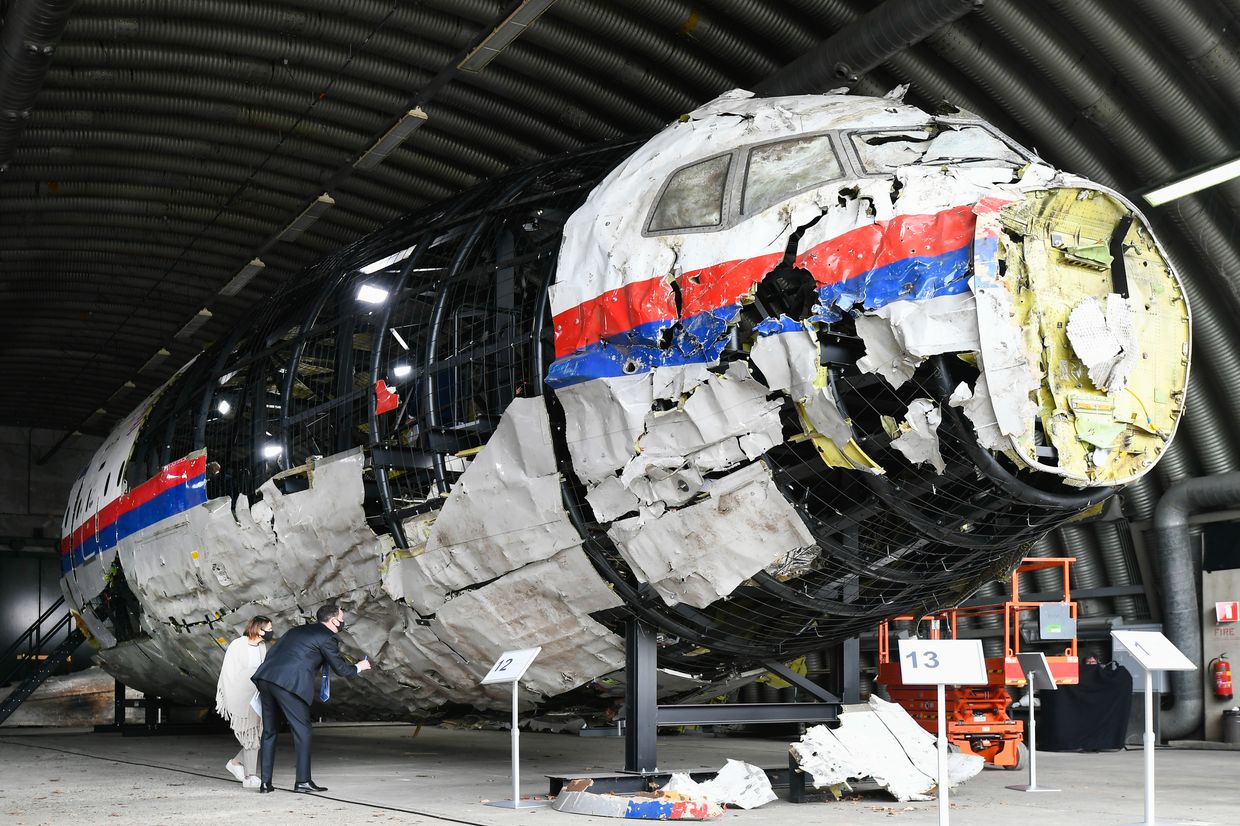
Girkin, Dubinsky, and Kharchenko were sentenced to life imprisonment for the murder of 298 people and ordered to pay 16 million euros ($17.5 million today) in compensation to the victims' relatives.
The JIT said that in addition to these three men, more people were likely involved in the downing of the flight but there is a lack of evidence to prove their identity.
In February 2023, the JIT announced it was suspending its work since “all leads have been exhausted.” The JIT concluded that although there were “strong indications” that Russian President Vladimir Putin decided to supply the Buk system, there was not enough evidence to implicate him fully.
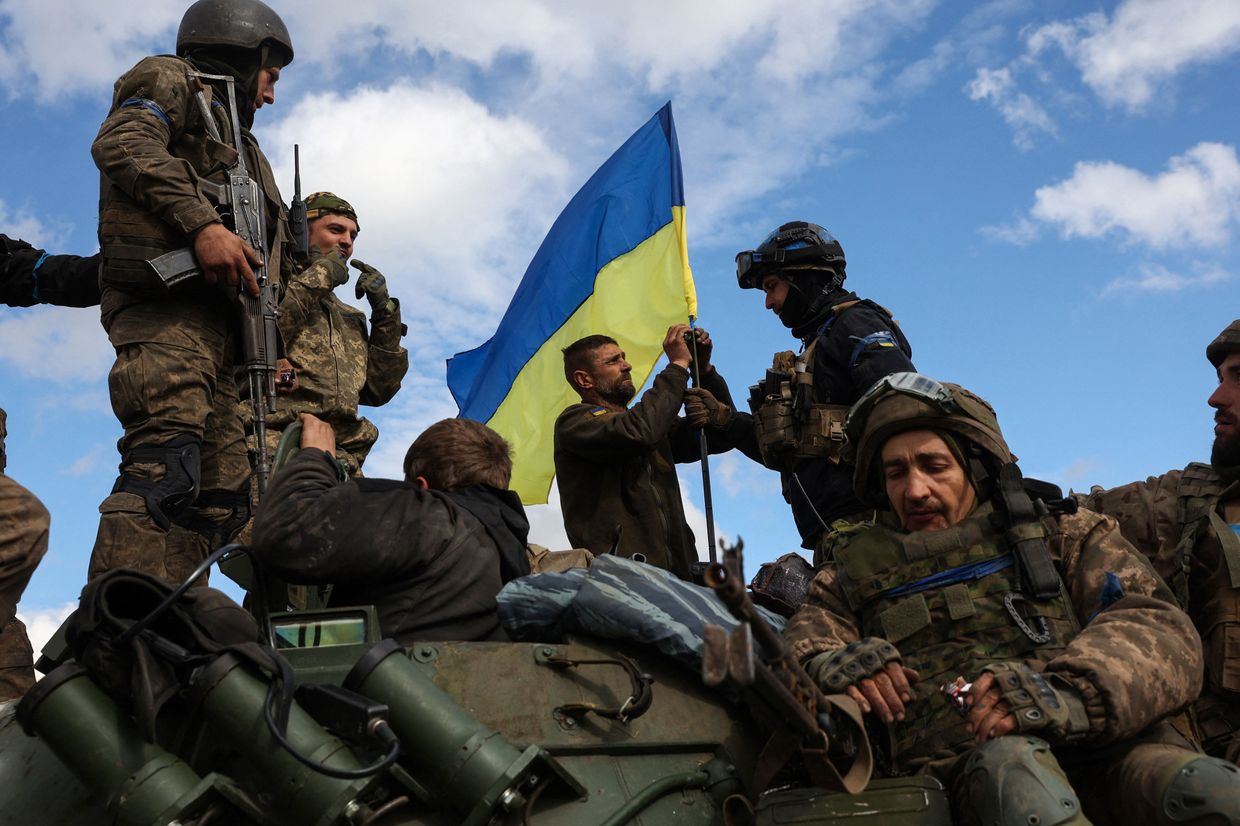
“Putin, of course, enjoys immunity as president of his country, but we know from other cases that you have to persevere. In the end, you will get there,” Mark Rutte, the Dutch prime minister at the time, said in response to the JIT’s findings.
MH17’s victims
Although the majority of the victims were Dutch, among the dead were also 43 Malaysians, 27 Australians, 12 Indonesians, and 10 people from the U.K.. Four Belgians, four Germans, three Filipinos, one New Zealander, and one Canadian were also killed.
Among the Dutch victims was Joep Lange, one of the world’s most prominent AIDS researchers, and his wife Jacqueline van Tongeren, an influential AIDS campaigner in her own right.
The couple was traveling via Kuala Lumpur to Melbourne to attend the 20th International AIDS Conference. Four others, Pim de Kuijer, Lucie van Mens, Maria Adriana de Schutter, and Glenn Thomas, were also on board to travel to the same event.
Entire families were also killed. Among the victims were a Dutch family consisting of 17-year-old Brett, 15-year-old Jinte, 12-year-old Amel, and 9-year-old Solenn, who were on board with their parents Jeroen and Nicole to start their vacation in Malaysia.
Fifteen-year-old Piers, 12-year-old Marnix, and 8-year-old Margaux were killed along with their parents, Shaliza Zain Dewa and Johannes van den Hende, as they traveled home to Australia.
Among the Australian victims were also Nick Norris and his three grandchildren, 12-year-old Mo, 10-year-old Evie, and 8-year-old Otis. Their parents had stayed in Amsterdam for a few days while their grandfather was accompanying them back to Australia for the start of school.
In total, 80 of the flight’s passengers were children.
Why was flight MH17 shot down?
Since the full identities of the Buk crew have never been proven, “it cannot be ascertained why they fired a Buk missile at MH17,” the JIT said in February 2023.
The most plausible theory is that MH17 was mistaken for a Ukrainian military aircraft. The plane was downed weeks after Russian proxy forces asked the Kremlin for longer-range air defense systems in their fight against the Ukrainian military. Evidence shows this request was granted, the JIT noted.
Girkin claimed on the day of the crash that his forces had downed a military aircraft. “We just downed a plane, an (Antonov) AN-26,” Girkin wrote in a post on Russian social media site VK.
“We have issued warnings not to fly in our airspace. We have video confirming. The bird fell on a waste heap. Residential areas were not hit. Civilians were not injured,” Girkin said. He later deleted the post and denied any involvement in downing MH17.
Igor Girkin ended up imprisoned in Russia in January 2024. He was arrested in July 2023 over his Telegram posts, considered by Russian authorities as "extremist” after airing his criticism of the Kremlin’s conduct of the full-scale invasion of Ukraine.
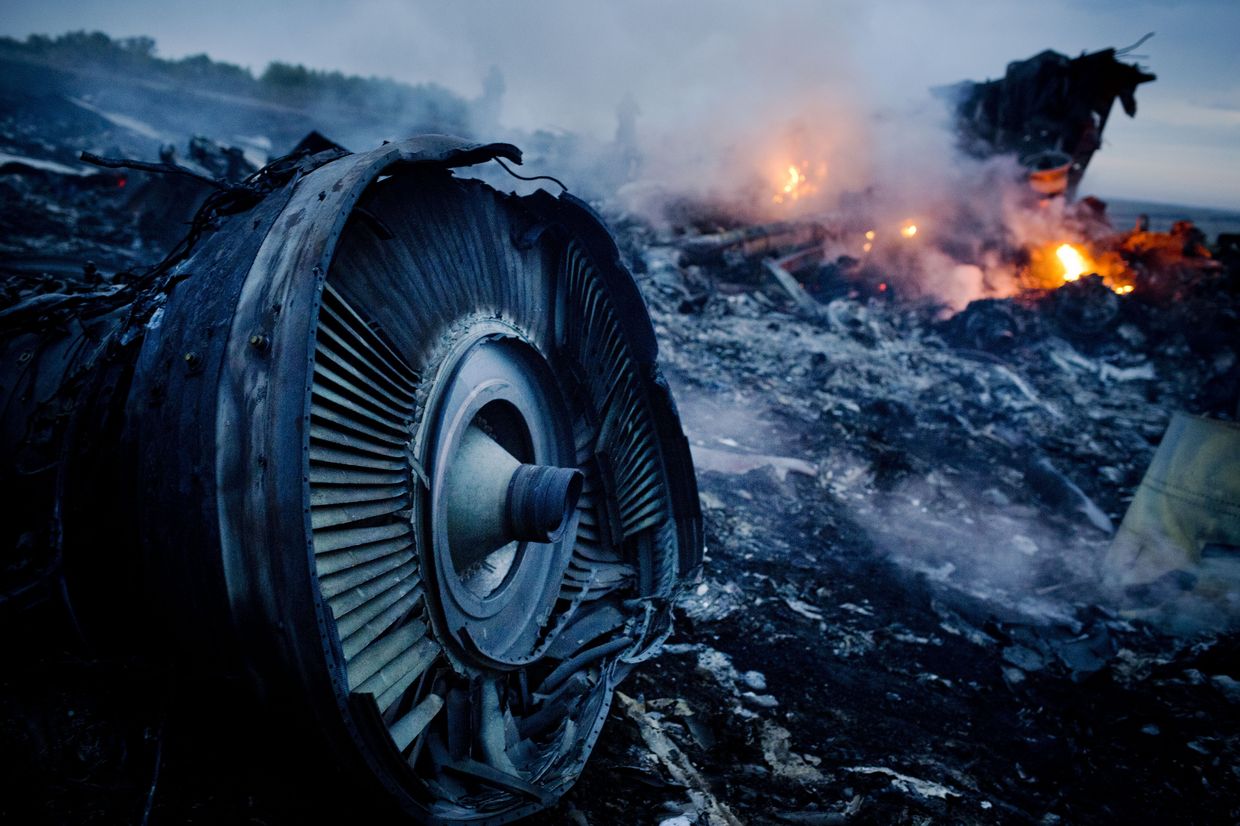
Russian propaganda claimed that Ukraine downed the plane or that the entire crash was staged, a tactic used by Russia in other cases, such as after it was discovered Russian forces had killed hundreds of civilians in the Kyiv suburb of Bucha in 2022.
Moscow later claimed the JIT used fake evidence and was ignoring evidence provided by Russia.
“The JIT has investigated everything it can without the cooperation of the Russian authorities,” Andy Kraag, head of the Dutch National Criminal Investigation Department said in February 2023 when the suspension of the investigation was announced.
“Any further evidence must be sought in the Russian Federation. And for this, the JIT is dependent on the cooperation of the Russian authorities or Russian (insider) witnesses,” Kraag said.
“Our door remains open for them.”






